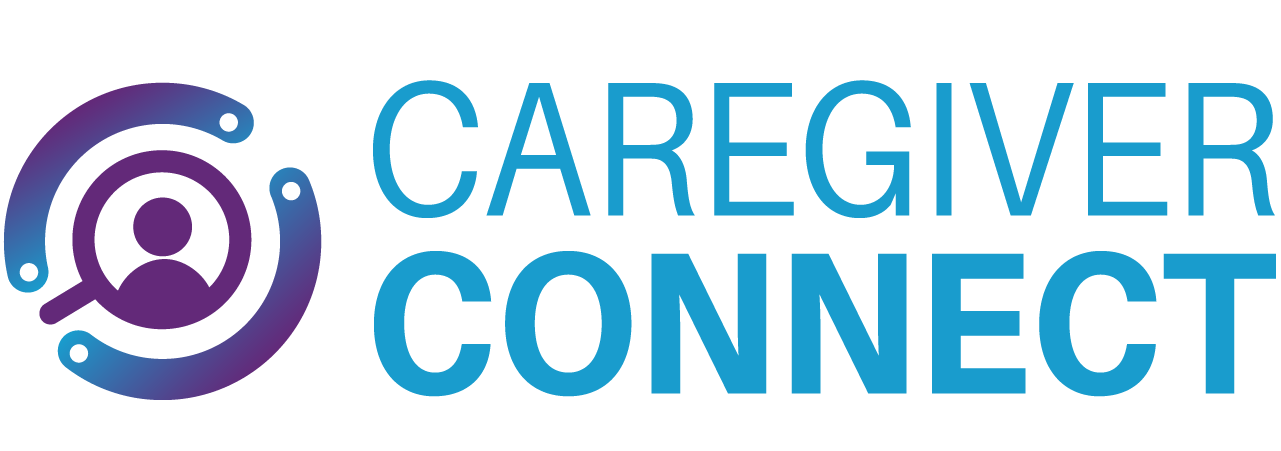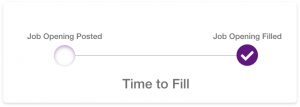It’s no secret that building a great organization requires attracting high quality candidates who fit your culture and goals. A solid recruitment strategy, therefore, involves every point of contact you have with potential candidates. But how can you tell which parts of your recruitment process are working, and which ones have room for improvement? That’s where knowing what metrics to track comes in.
The 9 Most Important Recruitment Metrics to Track
1. Time to Fill
Time to fill measures how long it takes to fill a position from the time an opening is published. It’s an important cumulative metric since it takes into consideration the entire time required to fill or replace a position. Unlike time-to-hire (below), it also measures the time it takes to attract applicants to the job. Tracking time-to-fill can help your organization adequately plan on how long it will realistically take to fill a given position. If it seems like it’s taking too long to fill open positions, it can serve as a first indicator that there is room for improvement in your recruitment process.
2. Time to Hire
Whereas time-to-fill tracks the full process of posting a job to filling it, time-to-hire focuses on the efficiencies of the post-application process. It looks at successful hirings and measures how long it took each of those candidates to move through the hiring process once they submitted their applications.
3. Source of Applicants/Hires
For many companies, a position opening up means blasting job descriptions across as many channels as possible, from job boards to sponsored ads and mailing lists — without any consideration for which channels are producing quality results. You should be able to track where your applications are coming from, the cost per applicant for each source, and also which sources are bringing in the most qualified candidates (i.e. those who are ultimately hired). Having a solid grasp of the source of applicants and hires can better lead the way towards effective campaigns where dollars and effort are well spent and not wasted.
4. Applicants per Opening
As you might imagine, applicants per opening tells you how many applications were submitted for a particular job opening. A high number here can mean a job is very in-demand, but if you’re finding that many of the applications are mismatched for the role, it might mean that the job description is too broad or vague. Conversely, a low number of applicants per opening could either mean that the job is in low demand or that the criteria is too narrow to attract many applicants.
5. Retention/Attrition Rate
Even if you’re setting company records for new hires, it would be hard to call those efforts successful if you’re having trouble keeping that talent around. Employee attrition, especially within the first year, can be particularly expensive for organizations, who then not only have to restart the hire process, but also account for lost productivity during that period of time. Common reasons for high turnover rates include:
- Poor selection of new talent based on organizational needs, culture, and more
- Setting false expectations for applicants in job descriptions and other pre-hire communications
- Poor onboarding process for new hires to acclimate to new work environment and responsibilities
6. Quality of Hire
How an organization defines quality of hire will depend on its own internal goals and critical outcomes. Therefore, it’s always going to be a relative metric. That doesn’t mean that it can’t be quantified, however. A good quality of hire metric will be able to accurately depict the performance and organizational fit of an individual. Though the criteria is set by the organization itself, it should rely on factors that can be easily quantified or scored on a standardized scale.
Formula for Quality of Hire
(quality metric A + quality metric B + quality metric C) / number of quality metrics = Quality of Hire Score
For Example: (Job Performance + Time-to-Productivity + Cultural Fit) / 3
Being able to evaluate quality of hire opens the door to discover if there are underlying trends that lead to good hires vs bad ones. It also identifies where opportunities for improvement may be found.
7. Cost per Hire
Cost per hire can be determined a few different ways, but the most comprehensive method is to track the total recruitment cost of a candidate. This includes all external costs, such as ads, job boards, agency fees, and other money spent outside your organization for recruitment. It also includes internal costs, which consist of your recruiters’ time, the manager’s time, onboarding costs, and any other internal resources spent on recruiting.
Formula for Total Recruitment Cost
(External recruitment costs + Internal recruitment costs) / total number of hires
While cost per hire is a great statistic to have on hand, it needs to be paired with retention/attrition stats. This provides a realistic picture of how valuable or expensive your hiring efforts are.
8. Application Completion Rate
Application completion rate helps you determine how many potential candidates are starting the application process vs finishing it. If you have a large number of candidates starting applications, but only a few finishing them, there are likely pain points in the application itself. Depending on which Applicant Tracking Software (ATS) or HR solution you use, you can usually see at what point applicants are dropping off. If there are common points along the way where you’re losing applicants, odds are that you can make improvements to that part of the process and streamline the application experience for future recruits.
9. Funnel Effectiveness
Recruitment funnels will differ from organization to organization, but the critical role they play is to visualize the major stages in your recruitment process and how applicants are traveling through each phase, from job posting to hire. Funnel effectiveness, then, measures how many candidates enter a stage vs how many progress to the next one. The number of candidates will naturally narrow as they progress through the funnel, but unexpected dropoff rates or bottlenecks could indicate inefficiencies or pain points in your hiring process. Measuring funnel effectiveness helps you drill down into each step of recruitment and find where improvements can be made.
Need a nurse recruitment strategy that works? Try Caregiver Connect today
We know how difficult it can be to find the right talent for your healthcare organization. That’s why we leverage our proprietary communications solutions to help you recruit smarter. By evaluating your entire hiring journey, we find new opportunities to delight your candidates and stand out from your competition. If you’re ready for a recruitment strategy that actually works, contact our team today.



